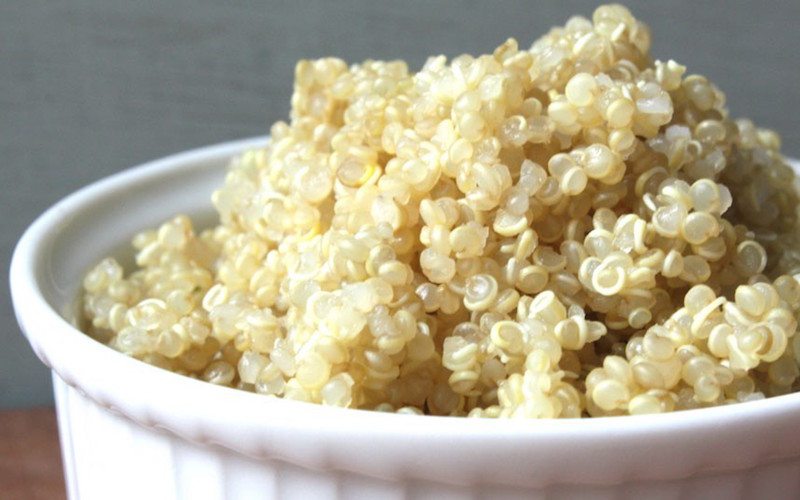Quinoa
Episode #6 of the course “Superfoods you should know about”
A seed native to South and Central America, quinoa has been cultivated for over 5,000 years. It has served as an essential part of the diets of people in Peru, Ecuador, and Colombia, and over the centuries many species and subspecies of the seed have developed. Beloved for its ability to be sprouted quickly, a quinoa seed might begin to release within a few hours when submerged in water.
This seed is boiled, similar to rice, and can be served alone or in a number of dishes. Because of its versatility and nutritional value, quinoa has become increasingly popular over the last decade, and South American countries have increased their international exports to accommodate the higher demand. It remains a crop that is exclusive to this area of the world, and the people who harvest quinoa continue to do so by hand because of the unpredictable conditions that can accompany each subspecies’ ideal harvesting time.

A highly nutritious seed, quinoa is high in fiber and minerals like iron, magnesium, and zinc, as well as vitamin B. This makes it heart-healthy, a promoter of an efficient immune system, and a great way to foster healthy skin, hair, nails, and eyes. It is a vital source of key nutrients and the foundation for a balanced diet for many vegans, and it’s also a seed that does not upset people with symptoms of Celiac disease.
One of the current debates among researchers who are studying the full benefits of quinoa is whether or not the seed can be said to contain every amino acid in a high enough quantity to qualify it as a “full protein.” The Jewish community also debated whether or not quinoa is a leavened seed (ultimately deciding it is not, which therefore makes it a Kosher seed that can be used during Passover).
Recommended book
Share with friends

